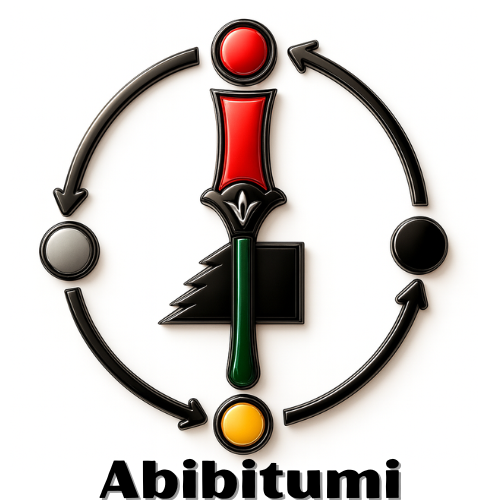-
Defining “Orisha” simply as deities does not do justice to the concept . Viewed in symbolic terms, an Orisha may be said to arise from the convergence of a divine power to command and make things happen, with a natural force, a defied ancestor and an object that witnesses and supports that convergence and alignment. An Orisha therefore is a complex multidimensional unity linking people, objects and powers. The word Orisha is related to several other Yoruba words referring to the head. The main one “Ori” (which I mentioned before) refers first of all to the physical head atop a person’s body. This visible ori, however serves as the vessel for an invisible ori, the “ori-inu” or internal head, the indwelling spirit of a person and the kernal of their personality. The ori-inu exists before birth; it comes from God and determines an individuals character and fate.
Just as the physical head perches atop the body, the ori-inu stands over and rules, guides and controls a person’s actions. The witnessing object for the ori-inu is a shrine for the head called “ile ori” (house of the head, examples pictured below), a pointed crown like container that is covered with cowrie shells whose white colour indicates purity and good character. In themselves, the cowrie shells symbolise wealth because they were once a medium of economic exchange. The white cowrie shell that is normally covering most ile ori’s (very few are beaded decorated) also alludes to the white feathered bird called “eiye ororo”, the symbol of the mind that God puts into the head at birth. The ile ori seems to say “A good head (i.e, good character and a good mind) are true wealth”. The head also has other values associated with it that derive from the hierarchial nature of Yoruba social life that needs mentioning.
Yoruba’s use the head as a metaphor for supremacy and chieftainship; it means the first in rank and status, the most important and influential person or official. Age, which is priority in time, is highly valued and respected, and it is also an important aspect of status and ranking. The very concepts and values related to the head form a web of meanings that extends to and includes the divinities. The honor due any head is enhanced by its distance from ones own status. As that head ascends the hierarchy of age and rank, and that distance also increases, so does honour amplify to adualtion, praise and then veneration; with the Orisha, it arrives at worship. The Orisha are heads of the first rank, influence and importance; they are also the most ancient of heads.
9 Comments-
This is truly informative. I have just started studying Ifa and this helps a lot. Thank you.
-
Shariyf you are so most welcome. Thank you for taking your valued time to read, it is truly humbling to know that this has helped you ….blessings always and a very good morning to you and to all members.
-
-
very nicely put down. “anthropology” has been designed to ontologically reduce our spirituality to terms like “polytheism” and “animism”.
-
You’ve put it how it ought to be understood
-
Karuga thank you as well for such kind words and also taking valued time to read my posts. Funny enough myself and my brothers were just talking about Animism and Animatism yesterday. I do wholeheartedly agree with you…blessings always.
-
-
-
Thanks for clearing up the misconceptions about orishas. Each orisha represents an energy fragment of Olodumare. They are Olodumare’s ministers.
The orishas confer their energies upon people when people set up and hold various rituals in honor of these orishas.-
Shade you are most welcome and thank you as well to all members for valued contribution….each one, teach one. May you and all members have a very uplifting and productive day ahead….guidance always.
-
💯 % ☮ & 💟
-
-
-
Great post indeed
-

